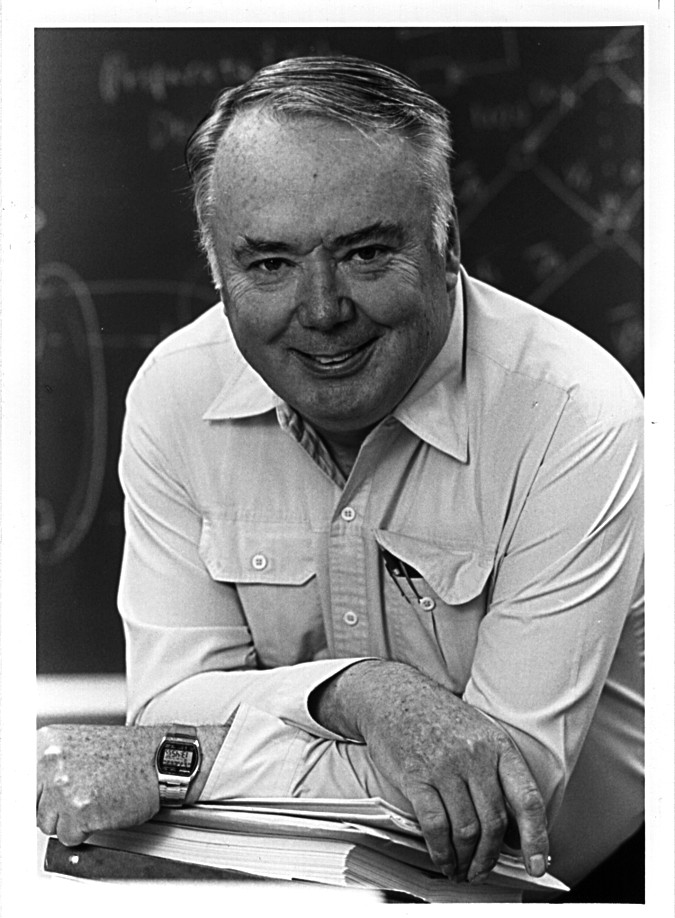-
(b.) -1935 March 14(d.)1996 December 13
Bio/Description
While a graduate student at the Massachusetts Institute of Technology (MIT), he was a co-developer, with Wesley A. Clark, of one of the first minicomputers, the LINC (Laboratory Instrument Computer), in 1962. The LINC originated decades before the advent of the personal computer. Its development was the result of a National Institutes of Health (NIH) program that placed 20 copies of an early LINC prototype in selected biomedical research laboratories nationwide. Later, the LINC was produced in greater numbers by Digital Equipment Corp. and other computer manufacturers. Later he was on the faculty of Washington University in St. Louis. He was also well known as a pioneer in the modeling of the auditory system, especially numerical models of the function of the cochlea (the inner ear). He received a bachelor's degree (1956) and a master's degree (1957) in electrical engineering from Rutgers University, where he was a member of the Cap and Skull Society, and received a doctoral degree (1966) from MIT in electrical engineering. At the time of his death in 1996, he had been working at Sun Microsystems on asynchronous circuits with Ivan Sutherland. Among his significant publications are: "The LINC," Clark, W.A. and C.E. Molnar, 1964, Anal. New York Academy of Sciences, Vol 115, pp. 653?658; "A Description of the LINC," Computers in Biomedical Research, Clark, W.A. and C.E. Molnar, 1965, Vol II, B.D. Waxman and R. Stacey, eds, Academic Press, New York, NY; Model for the Convergence of Inputs Upon Neurons in the Cochlear Nucleus, D.Sc. Thesis, MIT, 1966; and "Macromodular Computer Systems," Computers in Biomedical Research, Clark, W.A. and C.E. Molnar, 1974, pp. 45?85, Vol IV, B.D. Waxman and R. Stacey, eds, Academic Press, New York, NY.
-
Date of Birth:
1935 March 14 -
Date of Death:
1996 December 13 -
Gender:
Male -
Noted For:
Co-developer of one of the first minicomputers, the LINC (Laboratory Instrument Computer) -
Category of Achievement:
-
More Info:


